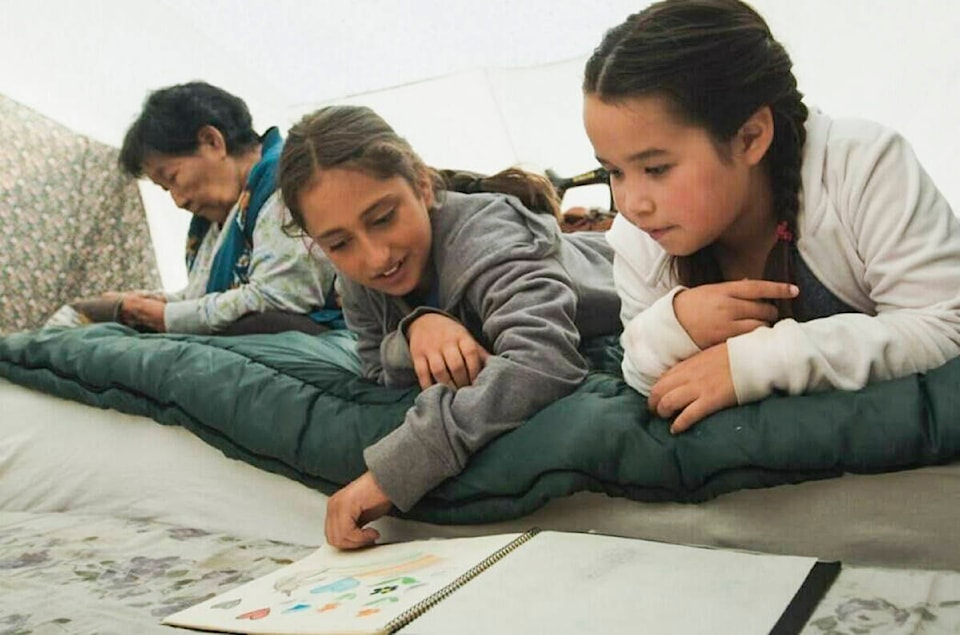For Northerners looking to attend post-secondary education, a lack of funding and a lack of cultural and educational preparation continue to be the main barriers to success, according to a new federal report.
On March 31, the federal Task Force on Northern Post-Secondary Education released its final report.
The document concludes that prospective students in the North continue to face financial, geographic, academic, cultural, and other barriers to achieving a post-secondary education.
In a statement on the report, Northern Affairs Minister Dan Vandal acknowledged the educational inequities that exist in Canada.
“Every Canadian should have access to quality education and skills training no matter where they live,” Vandal said. “Northern residents, especially Indigenous peoples, have faced longstanding inequities in education and skills training for too long.”
Although there were individual reports for each of Canada’s Northern regions, the report found several general themes with regards to barriers that affect students from all regions of the North: these include a lack of proper academic preparation; inadequate internet access; cultural barriers; and the legacy of Canada’s residential school system.
Included in the report was a survey of more than 600 Northerners of various levels of education on the barriers they felt were most significant to pursuing a post-secondary education. Among the 68 respondents who were in high school or adult education at the time of the survey, more than 32 per cent said they were held back by a lack of courses that fit their interests, 26 per cent cited lack of opportunities in their own community and 26 per cent said they lacked adequate financial support.
When 274 current post-secondary students or graduates were asked what could have improved their experiences, their answers were similar: half said their experience would have been improved by more funding; 37 per cent said they would have liked better preparation for college or university life; 28 per cent said better academic preparation; and 27 per cent said they would have preferred services closer to home.
Family commitments are also a significant barrier for Northern students: of the 68 surveyed students who had dropped out of post-secondary education, 36 per cent said they couldn’t keep up with both course work and family responsibilities.
Some barriers appear to be oversights resulting from the NWT’s curriculum being adopted from the south: One survey participant — an educator — described how there is always a drop in attendance around hunting season.
“These influences, I don’t think they’re accounted for because we teach the Alberta curriculum,” the participant said.
The report includes several action items for improving education across the North: those marked as most urgent for the Northwest Territories to implement include increasing incentives for educators to come to and stay in the territory; creating and funding programs that are relevant to the cultural context of the NWT; and providing more funding to improve access to remote learning options.
“Place-based, Northern-focused, and Indigenous-led post-secondary education opportunities, in the North, by the North and for the North will help contribute to thriving, flourishing individuals and communities, and create more just and equitable opportunities for the diverse peoples of the North to pursue post-secondary studies,” the report concludes.
